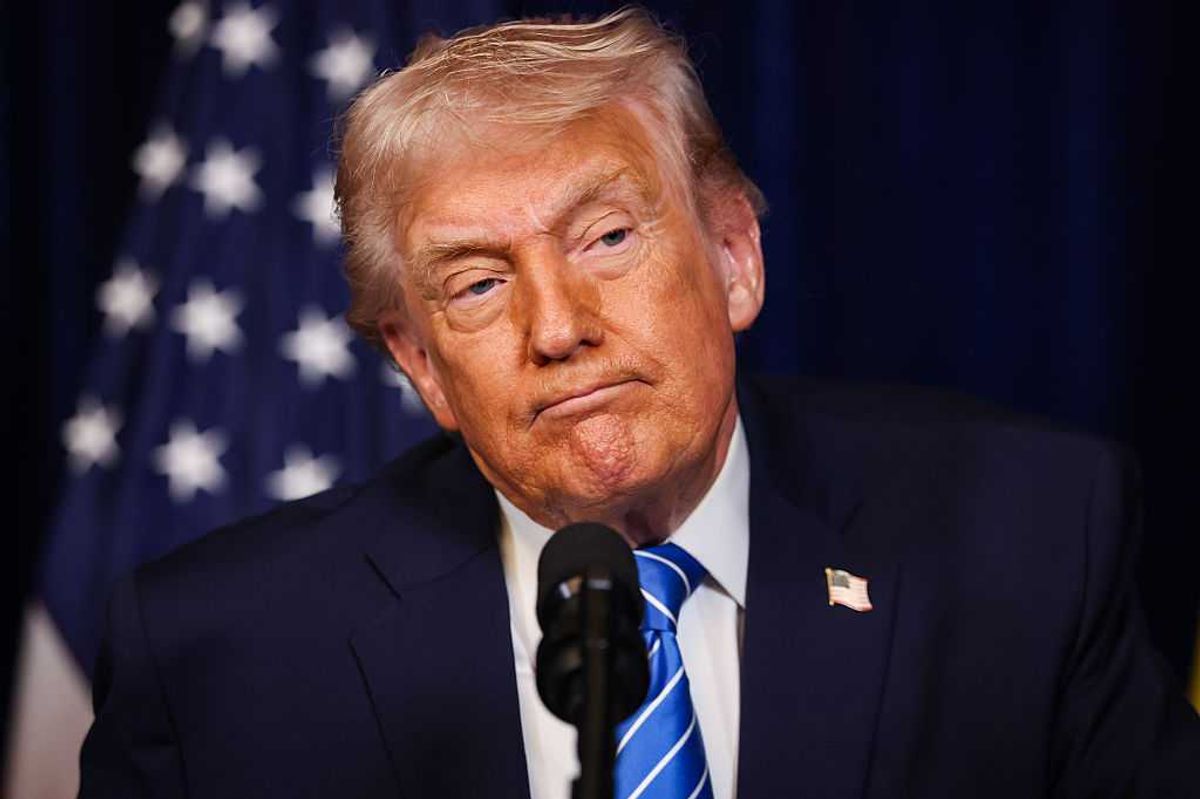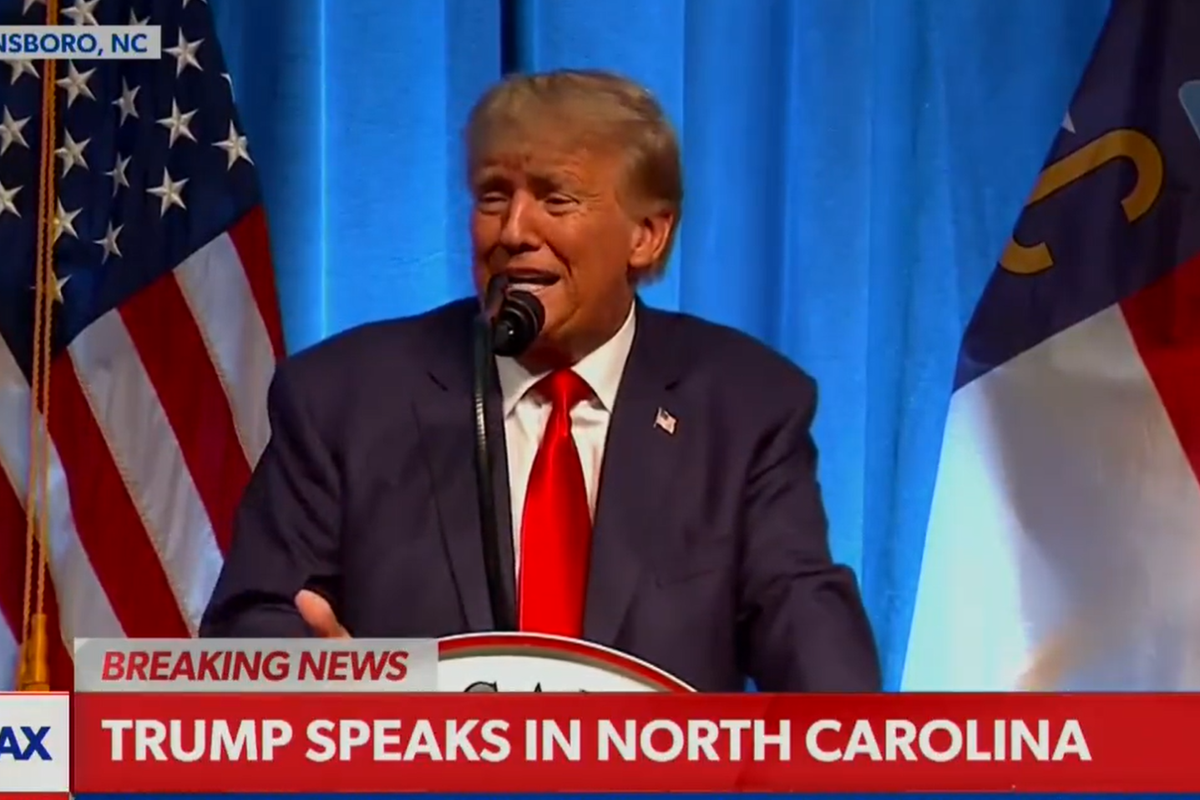News
Evan Bartlett
Jan 07, 2015
Charlie Hebdo, a French satirical magazine, was attacked by gunmen today, with 12 people killed.
Editor Stephane "Charb" Charbonnier and prominent cartoonists Jean "Cabu" Cabut, Georges Wolinski and Bernard "Tignous" Verlhac were among those confirmed dead.
Charlie Hebdo was first established in 1970 following the state censorship of its staunchly anti-establishment predecessor Hara-Kiri magazine, which was banned after appearing to mock the death of former president Charles de Gaulle.
The left-wing magazine publishes weekly and came to international prominence in 2011 after its offices were fire-bombed and it had its website hacked.
It frequently pokes fun at the extreme right-wing and all religions (see above), although its depiction of the prophet Mohamed was the reason behind the 2011 attack.
The following year, its publication of another series of lewd cartoons depicting Mohamed prompted the French government to close embassies and schools in 20 countries.
Following that controversy, late editor Charbonnier told the news channel iTELE: "We do caricatures of everyone, and above all every week, and when we do it with the Prophet, it's called provocation."
The BBC explained that Charlie Hebdo "combines left-wing radicalism with a provocative scurrility that often borders on the obscene".
It is said to be "cruder and crueller" than its more successful rival Le Canard Enchaine - which focuses more on investigative reporting and leaks from the government.
More: France mourns four of its best known cartoonists
More: Charlie Hebdo 'shooting' - What we do and do not know
More: It's Charlie Hebdo's right to draw Mohamed, but they missed the opportunity to do something profound
Top 100
The Conversation (0)













